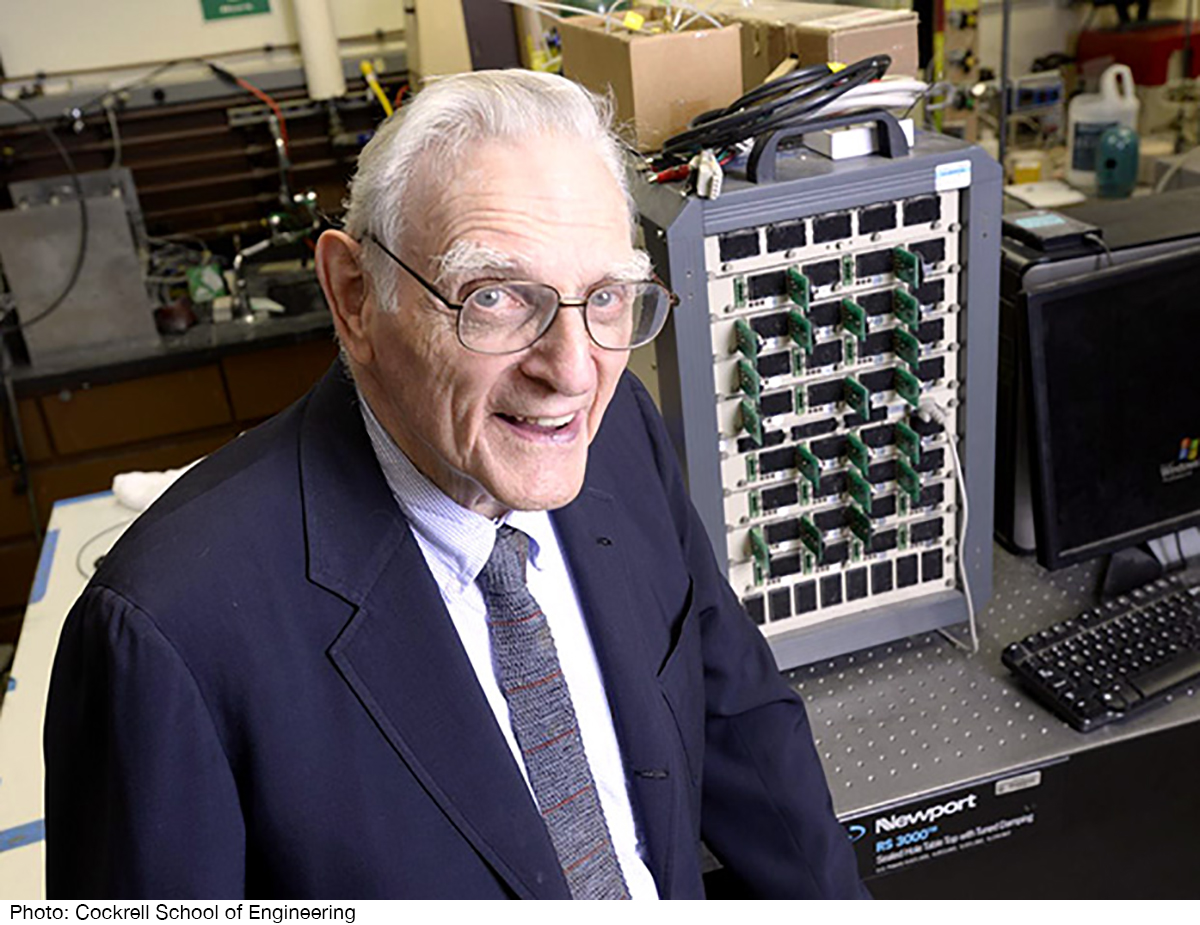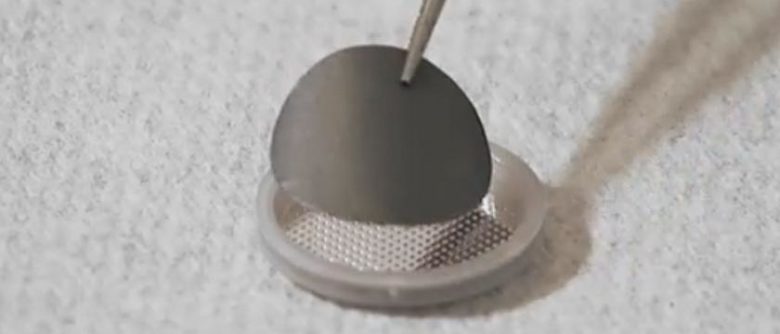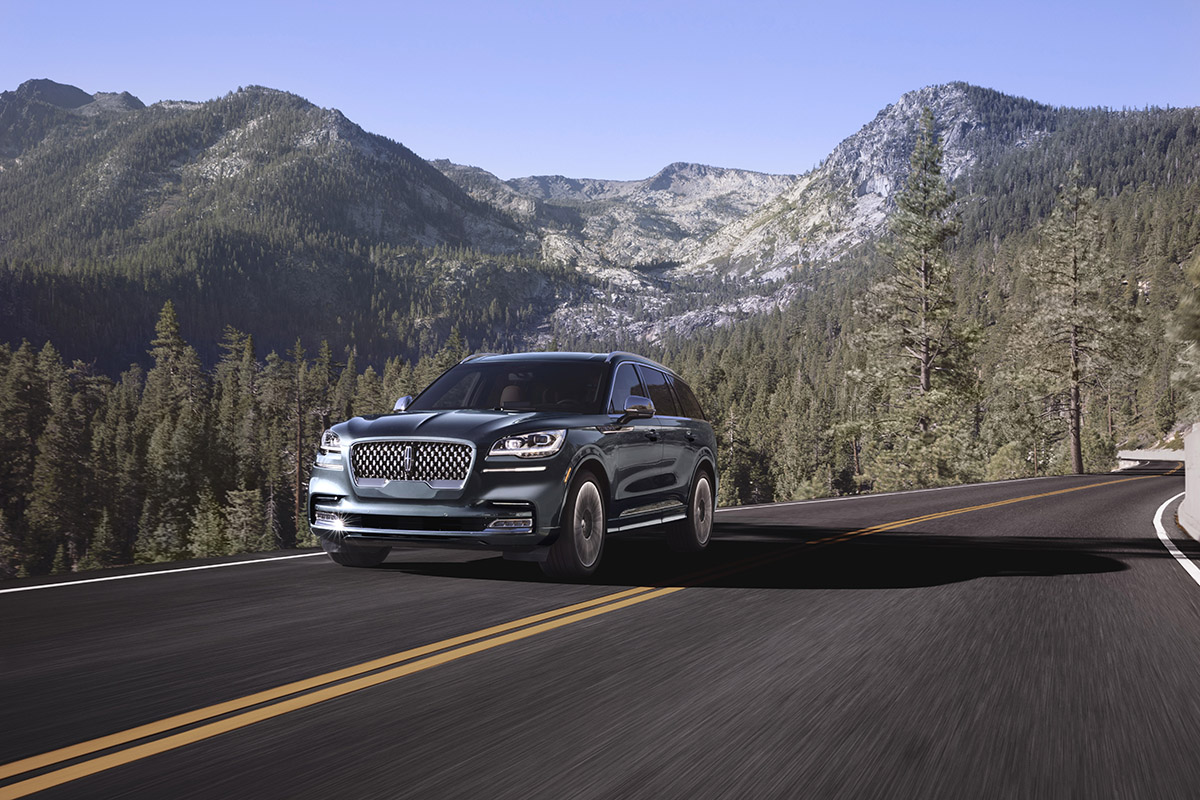Is this the battery of the future?

Yesterday we talked about the slow but inexorable move to electric cars and the challenges it will create for infrastructure funding. Today, there’s news of a breakthrough in battery technology that could accelerate the need to revamp how we pay for our roadways sooner rather than later.
At the University of Texas, Austin, one of the men who invented the lithium-ion battery, Dr. John Goodenough, and a team of engineers have created a battery that uses glass laced with lithium or sodium as the foundation for its technology. The result is a rechargeable battery with a very high energy density and a long cycle life.
Another benefit of this technology is that the recharge times are significantly faster. Co-inventor Maria Helena Braga is quoted in Spectrum, the magazine of the IEEE (Institute of Electrical and Electronics Engineers), as saying this new technology allows batteries to charge in “minutes rather than hours.” Charge times are one of the major stumbling blocks in BEV adoption, and reducing them to under 15 minutes would go a long way to increasing the number of electric cars on the road.
In addition, the new technology has three times the storage capacity of today’s lithium-ion batteries. That means you could reduce the size of the battery in a Chevy Bolt by half and still increase its range to over 300 miles. This new technology also lasts longer, allowing for thousands of discharge cycles, and it is not prone to overheating, reducing the risk of fires and explosions that have been a problem for lithium-ion batteries. How important is that? Just ask Samsung and Tesla.
Dr. Goodenough, who is 94, has said the anode and electrolyte in their design are both ready for production, but they have to figure out how to make a cathode that is commercially viable. Once they do that, UT will license the technology to battery manufacturers to put it into commercial development.

This isn’t the only new battery technology to attract attention over the past two years. PowerJapanPlus is developing a carbon-based battery that uses cotton as its raw material, making the battery 100% environmentally safe and recyclable. And, a new Australian company, Gelion, is working on a gel-based battery that, in addition to increasing storage and decreasing charge times, can be molded to fit specific applications.
There’s a lot of innovation on the horizon for battery technology. How close we are to that horizon is unclear. What is clear, however, is when we reach it electric cars will become a much more viable replacement for the carbon-emitting, gas-burning vehicles we’re currently driving.
Now, about our power grid…



